After its creation in the previous decade, the 1910s saw Times Square firmly establish itself as the undisputed entertainment capital of New York City. The area became a dense hub of theaters, restaurants, and massive electric signs, drawing enormous crowds day and night.
The Peak of Vaudeville and Theater
The 1910s was the golden age of theater in Times Square. Dozens of grand venues lined Broadway and the surrounding side streets, offering everything from serious dramas to lavish musical comedies. The most famous annual production was the Ziegfeld Follies, a spectacular revue known for its elaborate sets and beautiful chorus girls, which played at the New Amsterdam Theatre.
Vaudeville, a form of live variety entertainment, reached its absolute peak during this decade. The most prestigious vaudeville theater in the entire country, the Palace Theatre, opened on Broadway in 1913. Securing a booking at the Palace was the highest goal for any performer, from comedians and singers to acrobats and magicians.
A Spectacle of Electric Light
The nickname “The Great White Way” became even more fitting in the 1910s as advertisements grew larger and more complex. The signs were not just static lights; they were dynamic, animated displays that were technological marvels for their time.
Read more
The most famous sign of the era was for Wrigley’s Spearmint Gum. Stretching an entire city block, this colossal sign used thousands of light bulbs and featured acrobatic figures and elaborate patterns. Other large signs for brands like Heatherbloom petticoats and Studebaker cars turned the intersection into a dazzling, bright-as-day spectacle at night, becoming a tourist attraction in its own right.
The Center of a Nation at War
When the United States entered World War I in 1917, Times Square transformed into the city’s patriotic heart. The open spaces were used for massive war bond rallies, recruitment drives, and public speeches. Crowds gathered day and night to read the latest updates from the European front on the electric news zipper on the side of the Times Tower.
On the evening of November 7, 1918, a false report of an armistice triggered a massive, premature celebration. Hundreds of thousands of New Yorkers poured into the square, creating a scene of joyous chaos. When the official news of the war’s end arrived four days later, on November 11, an even larger and more emotional celebration erupted, cementing the square’s role as the city’s public gathering place.
The Rise of Nightlife
Beyond the theaters, Times Square became the center of New York’s sophisticated nightlife. Lavish restaurants and supper clubs catered to the pre- and post-theater crowds. The most famous of these was Rector’s, a luxurious restaurant that defined the era’s glamour. It was the preferred spot for celebrities, socialites, and powerful businessmen to dine, dance, and be seen. This culture of high-end nightlife established the area as a destination that stayed vibrant long after the final curtains fell.




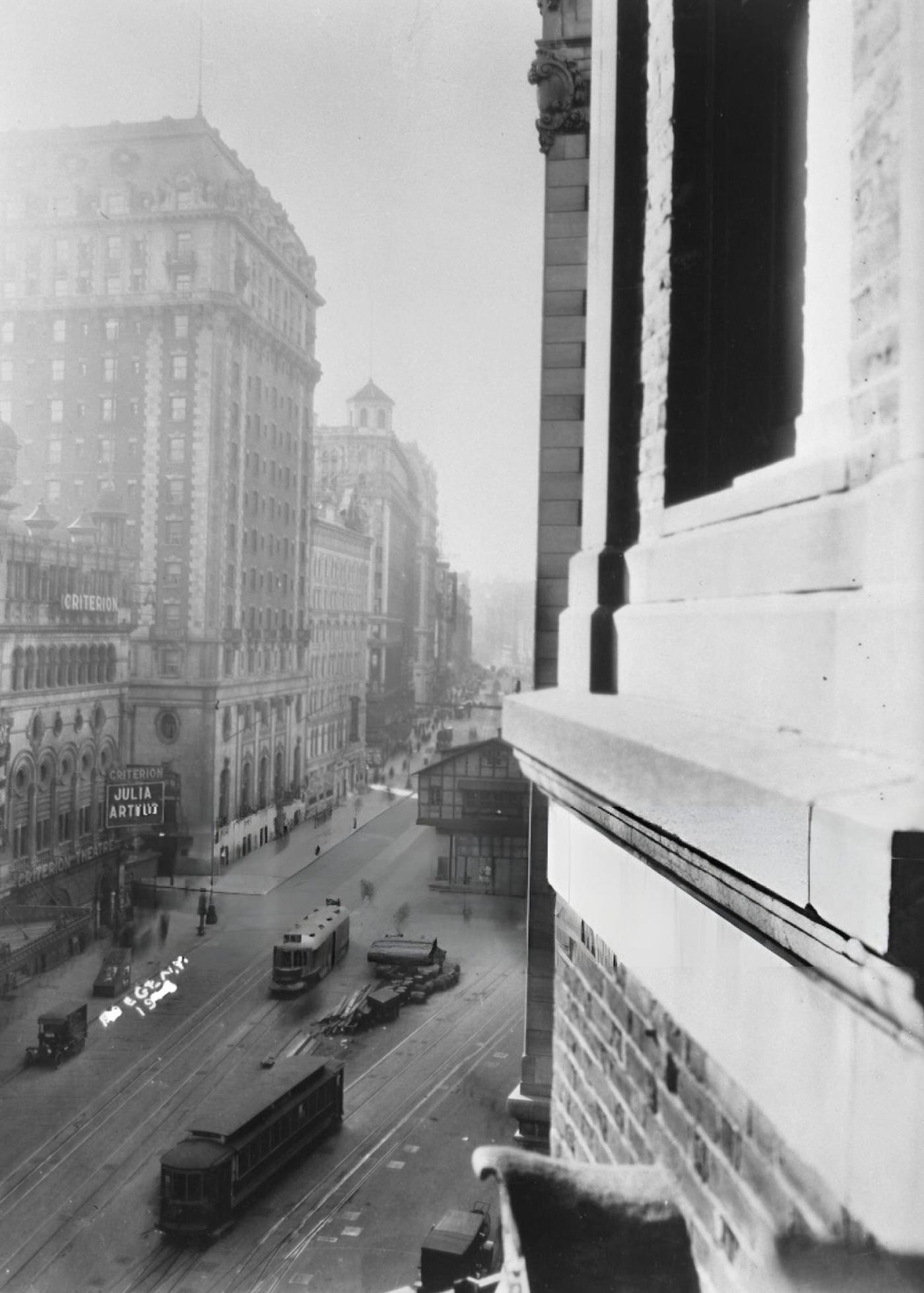



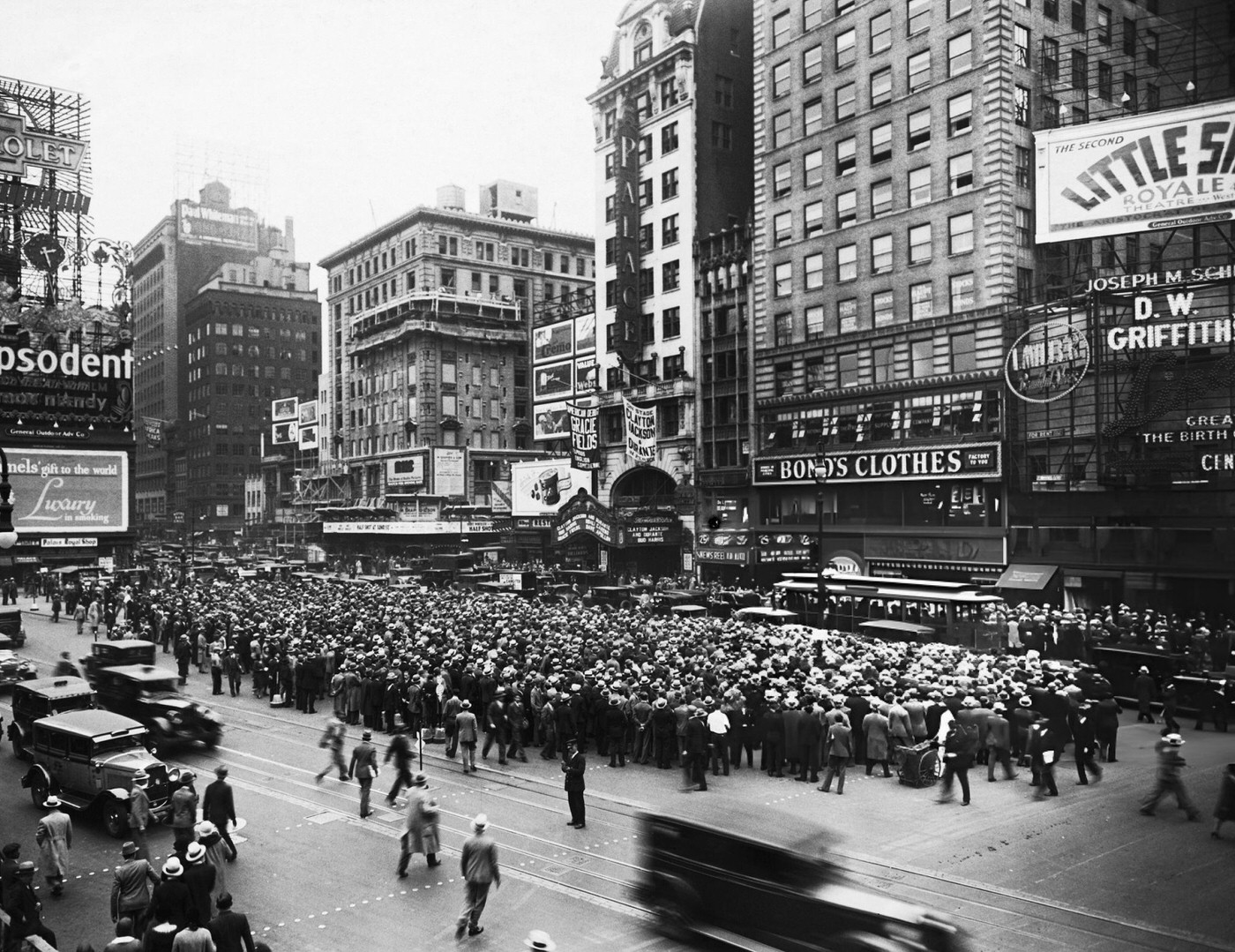
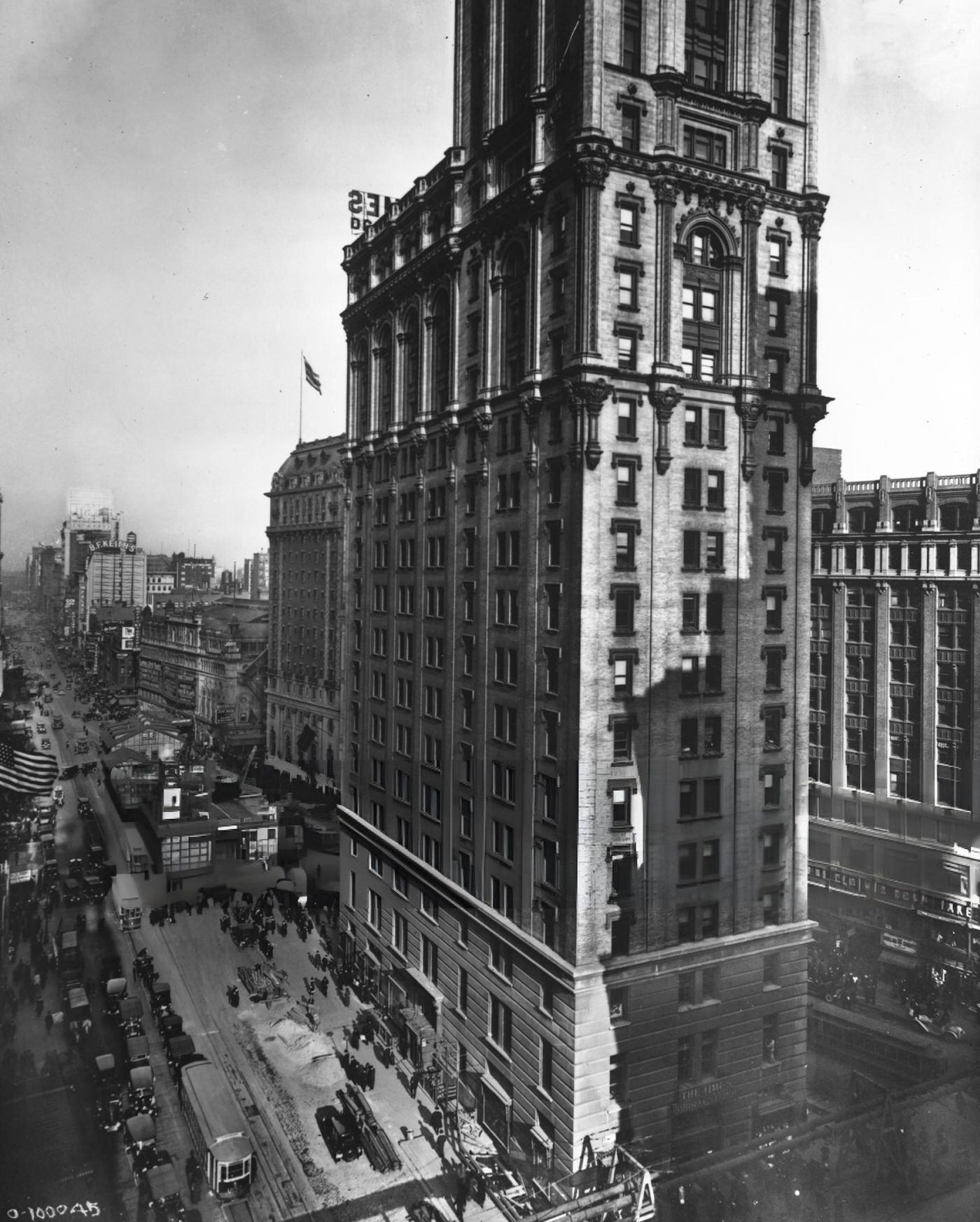
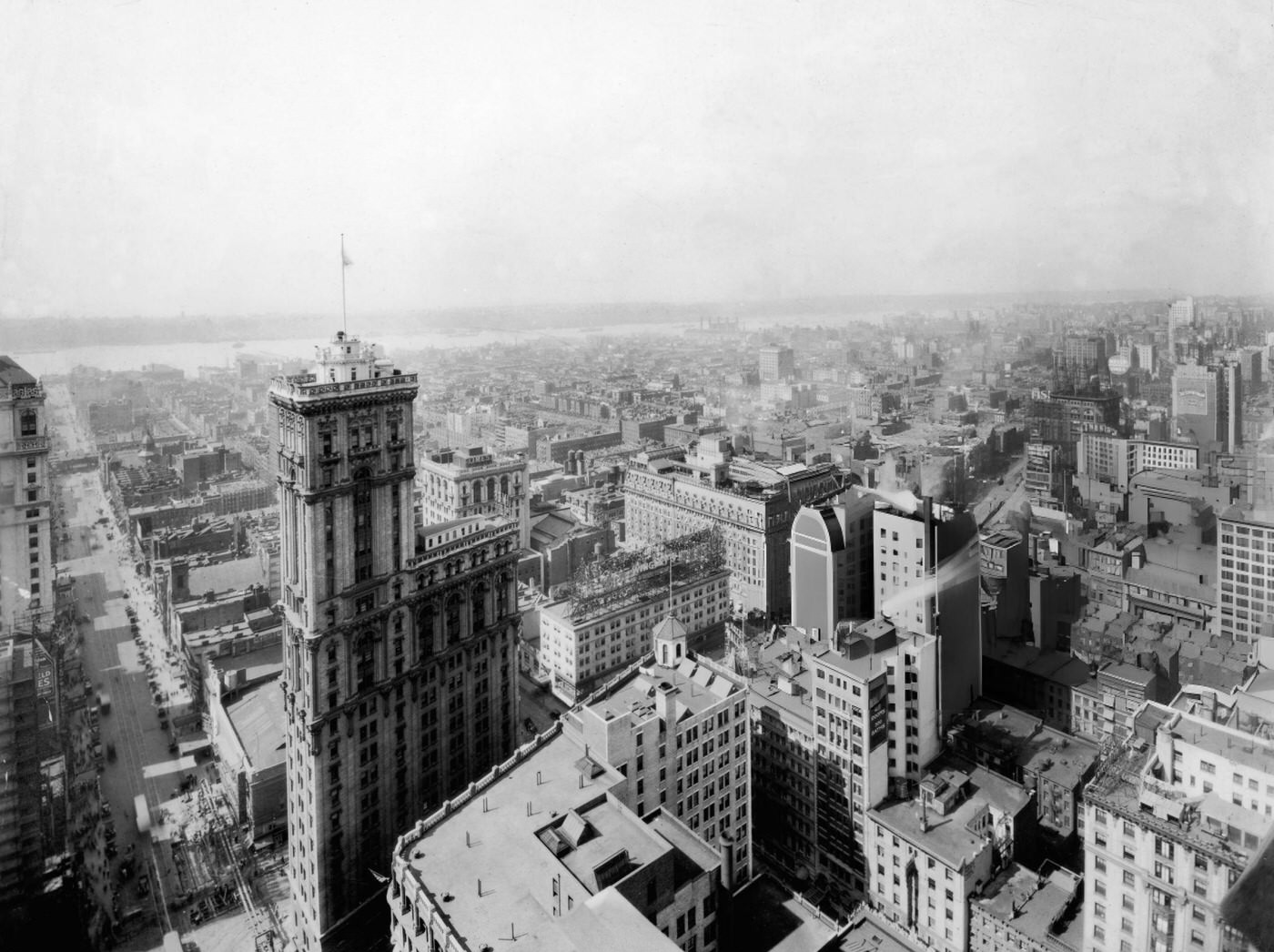
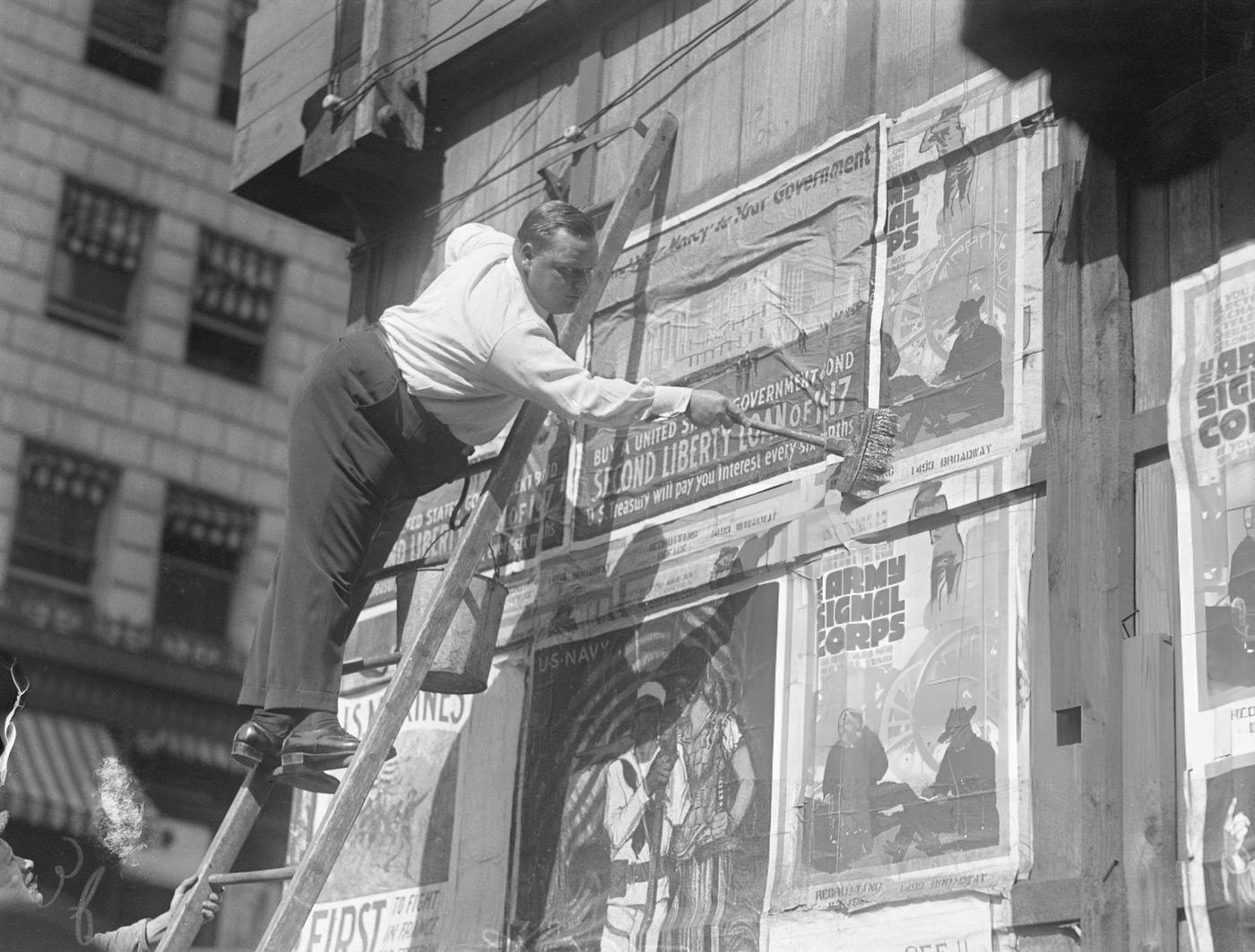
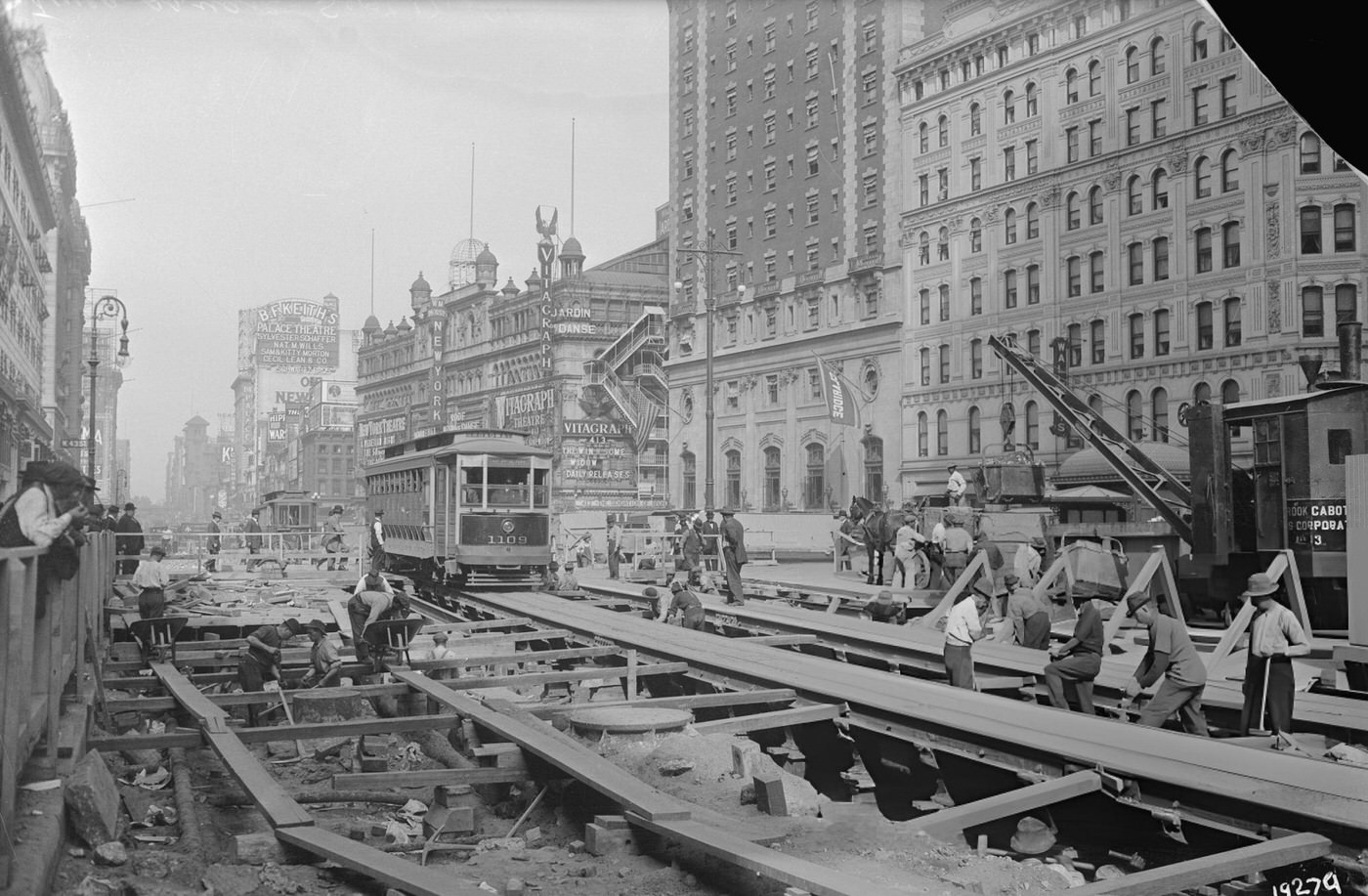
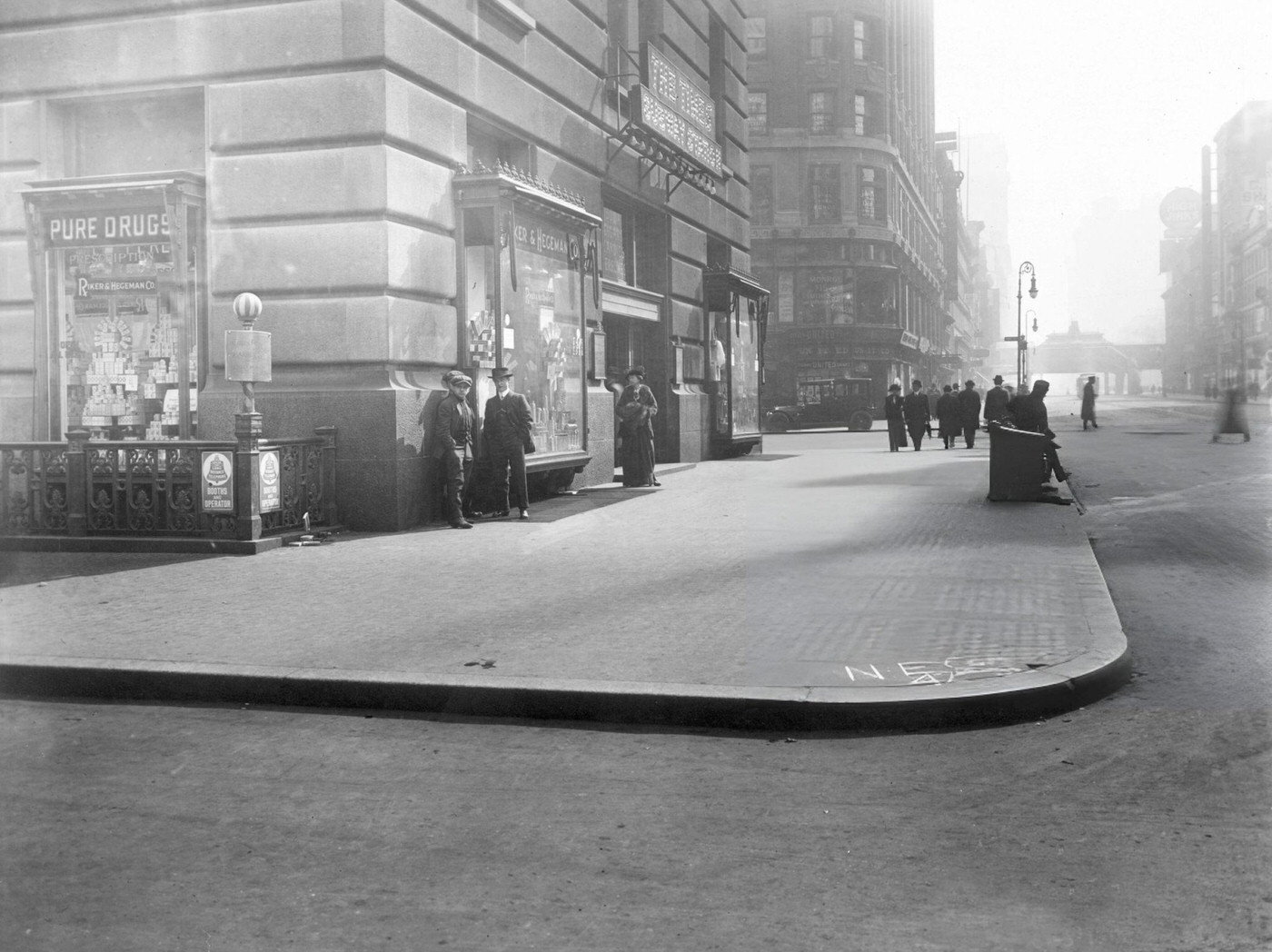
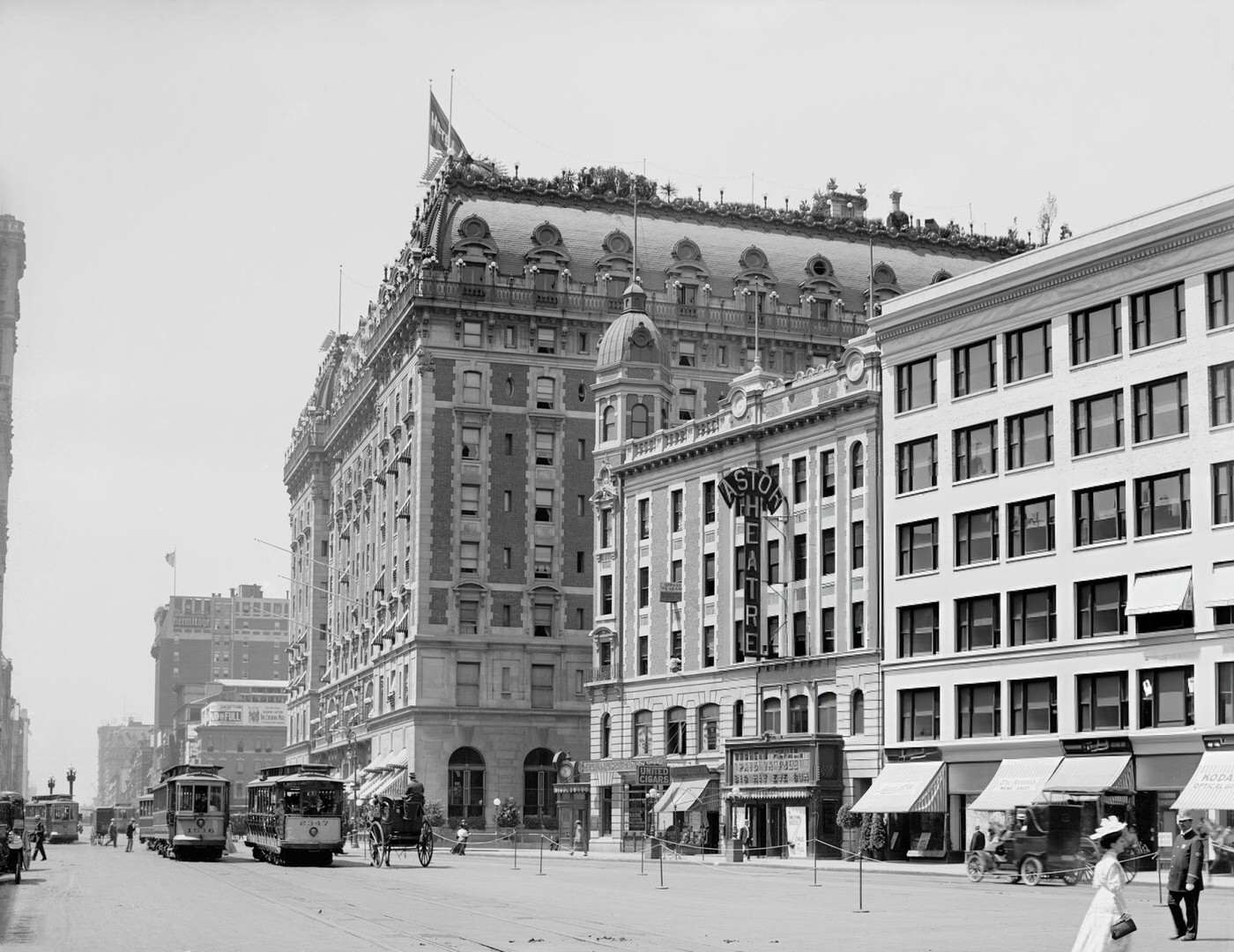
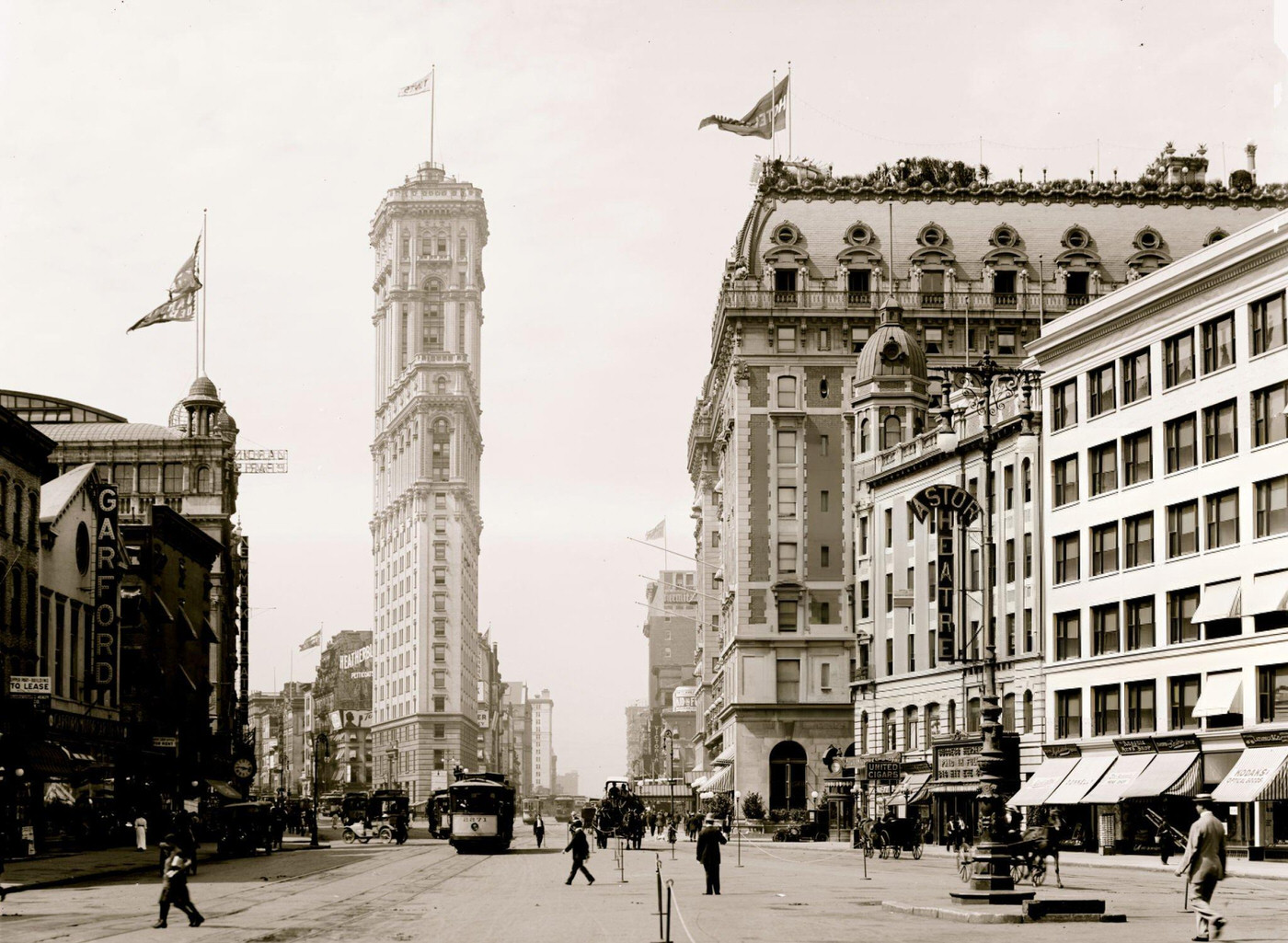

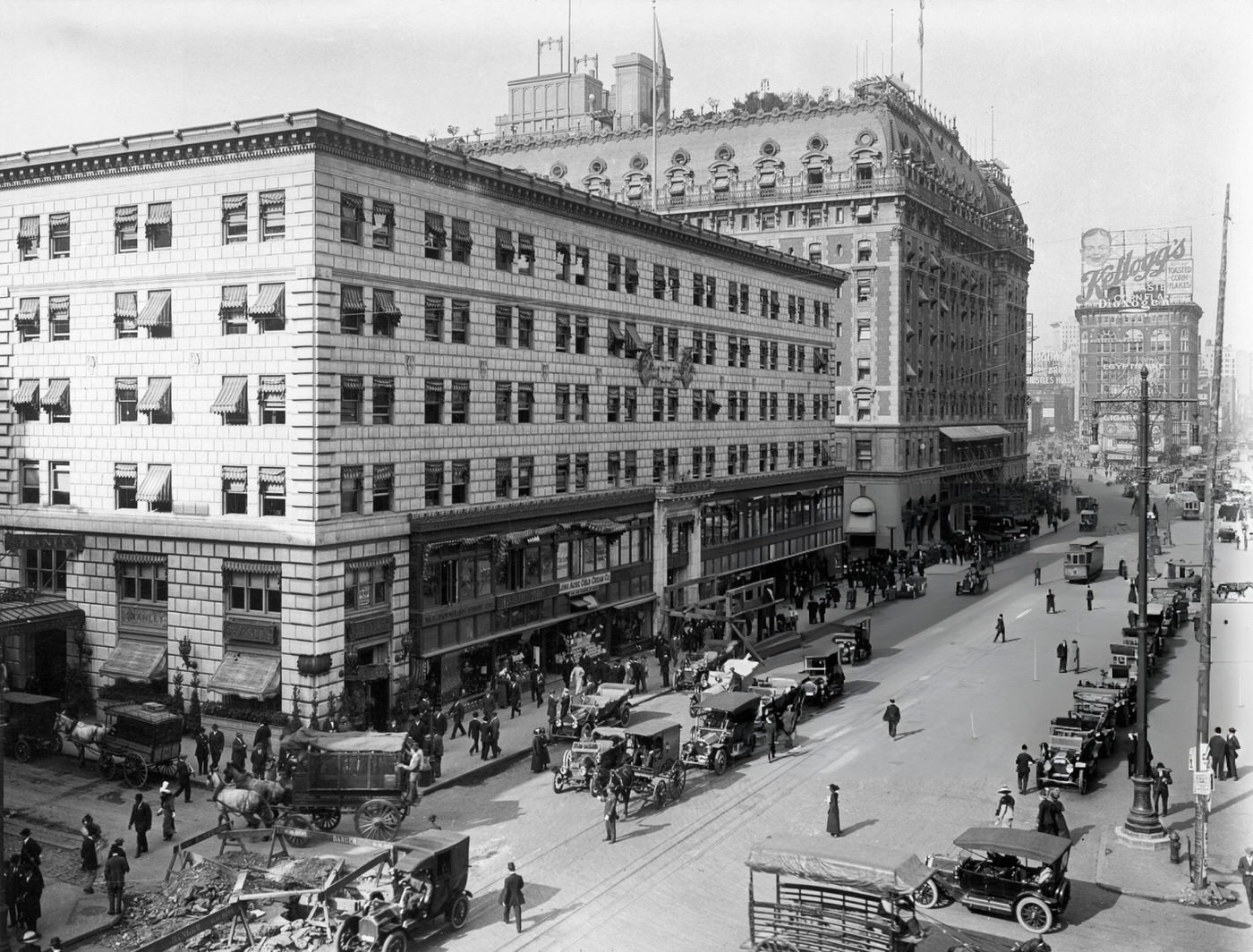


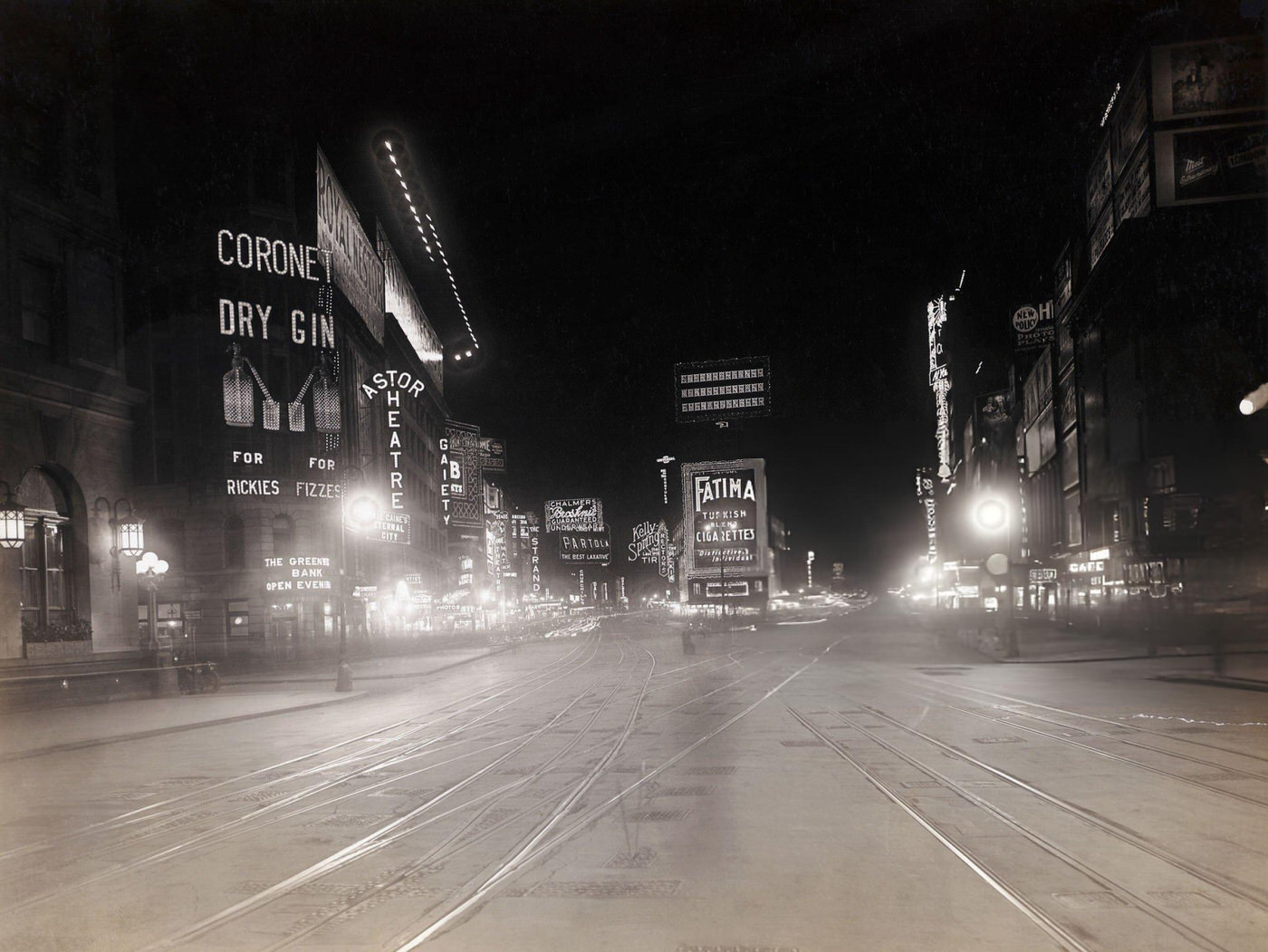
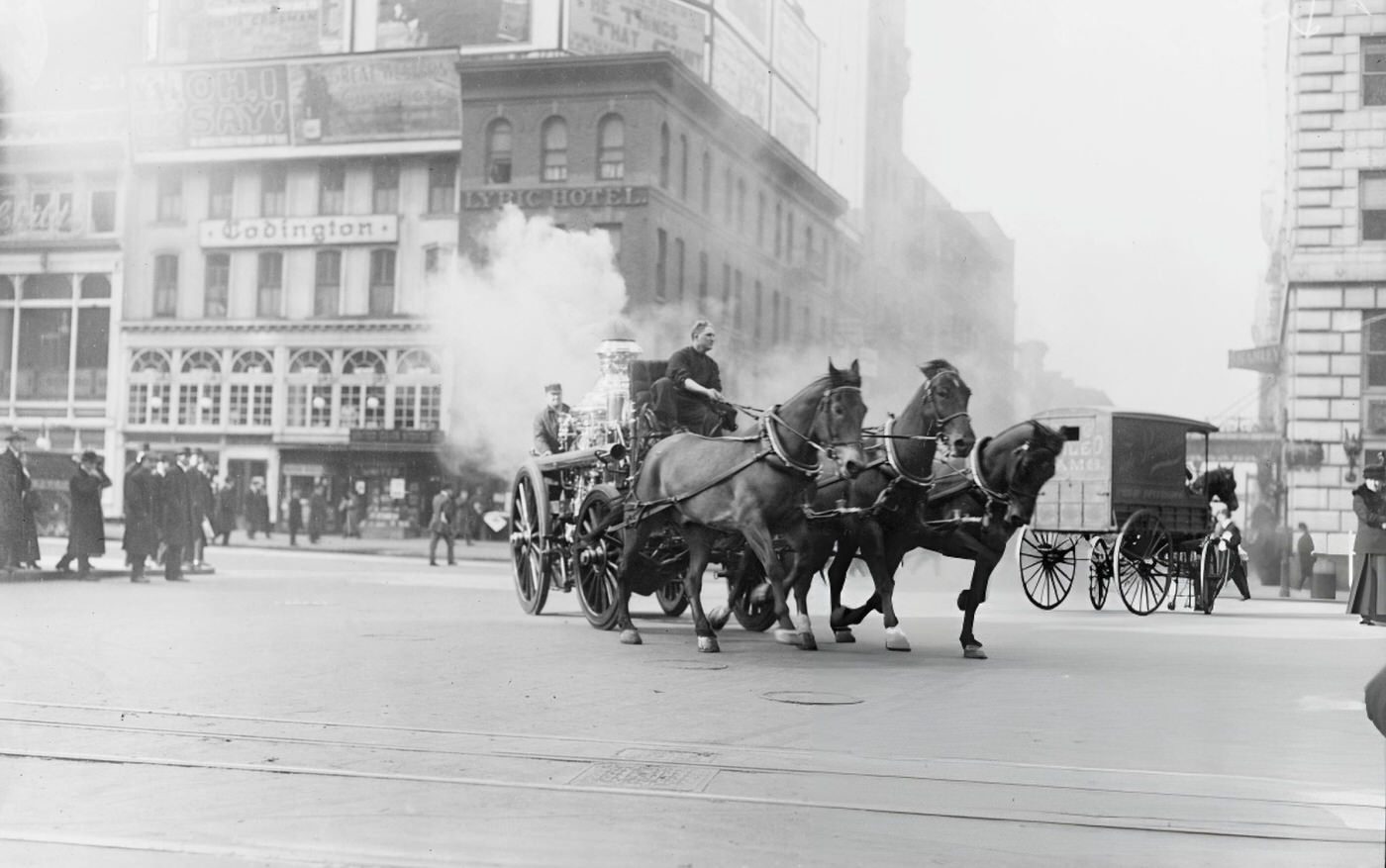
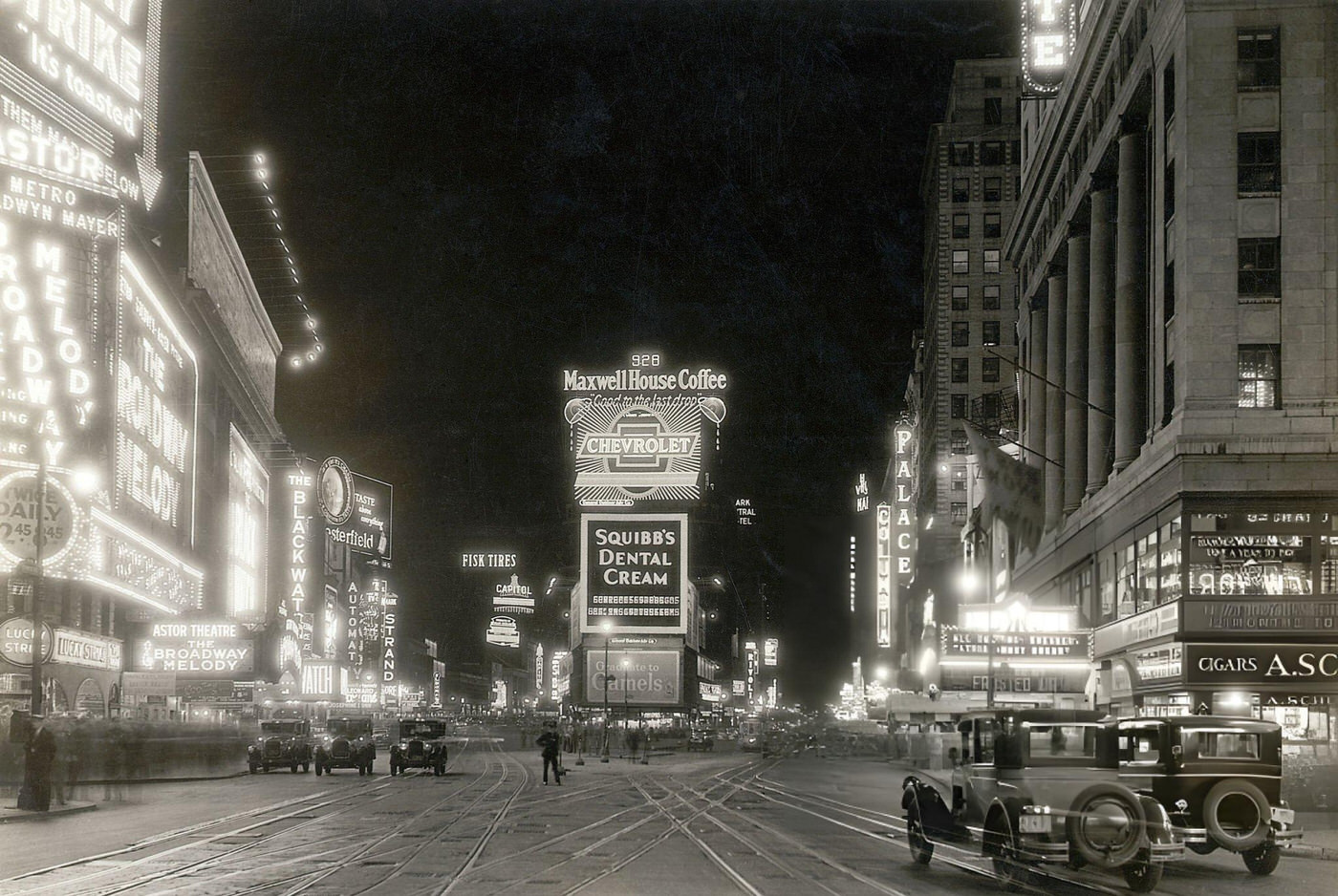
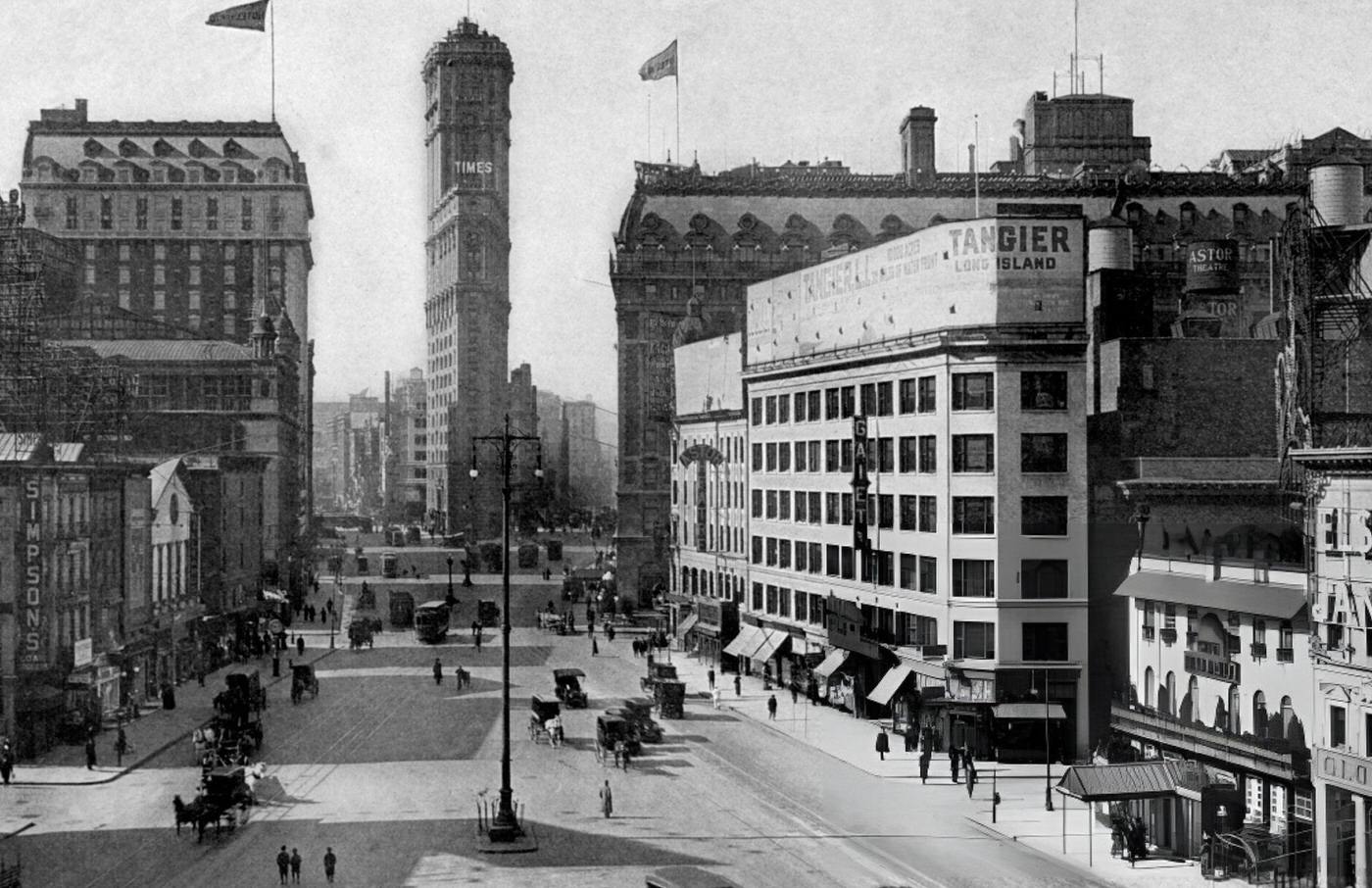

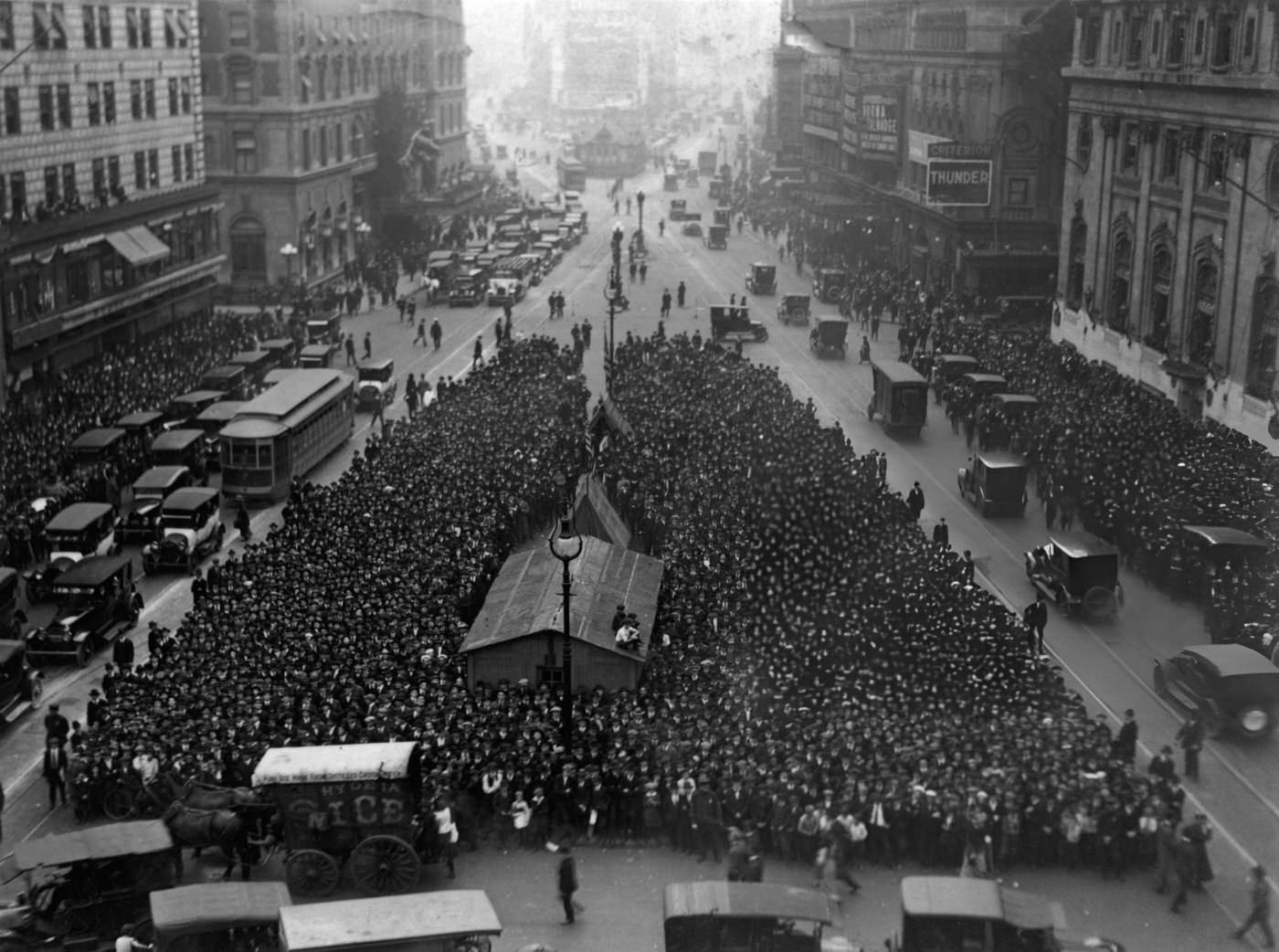

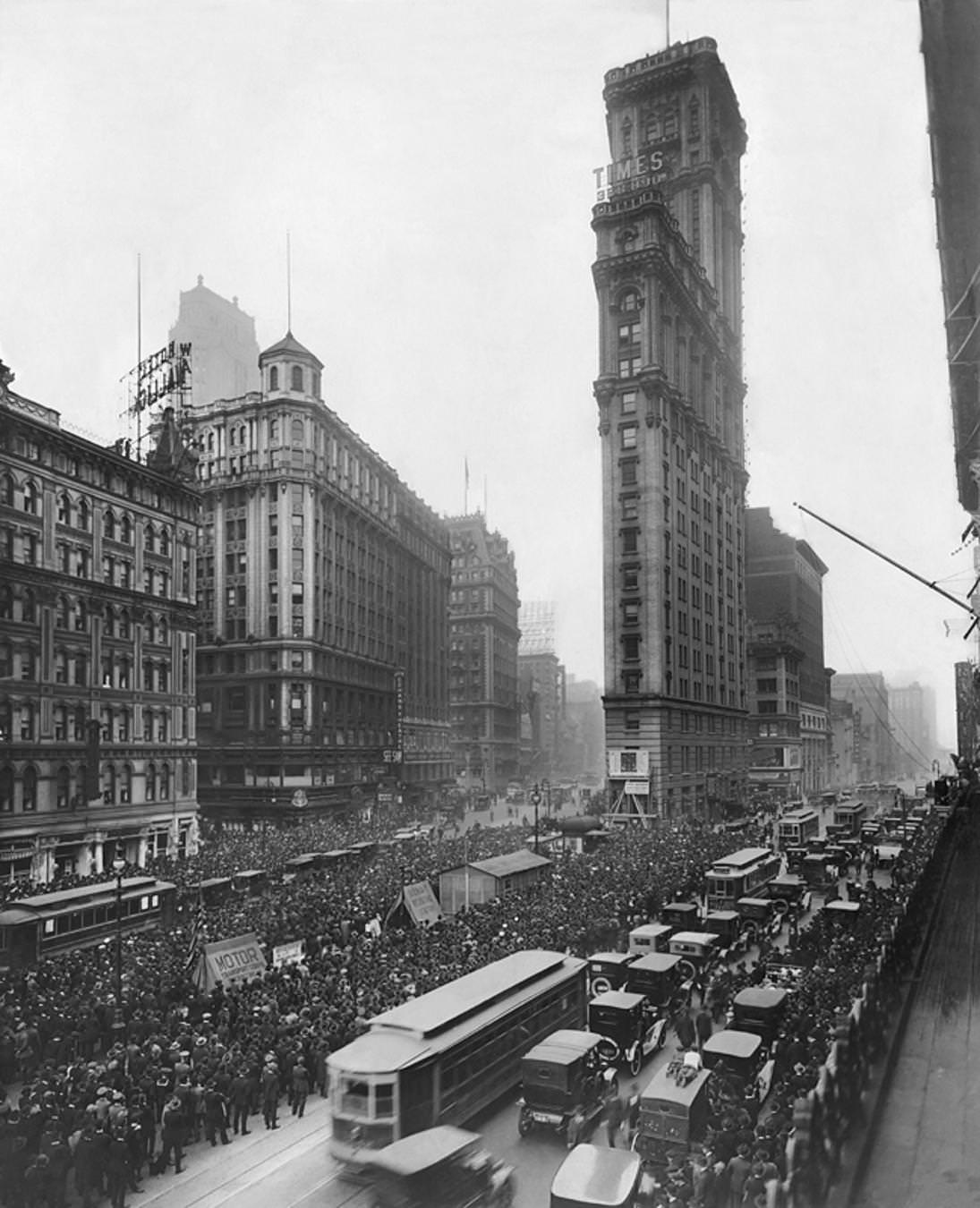
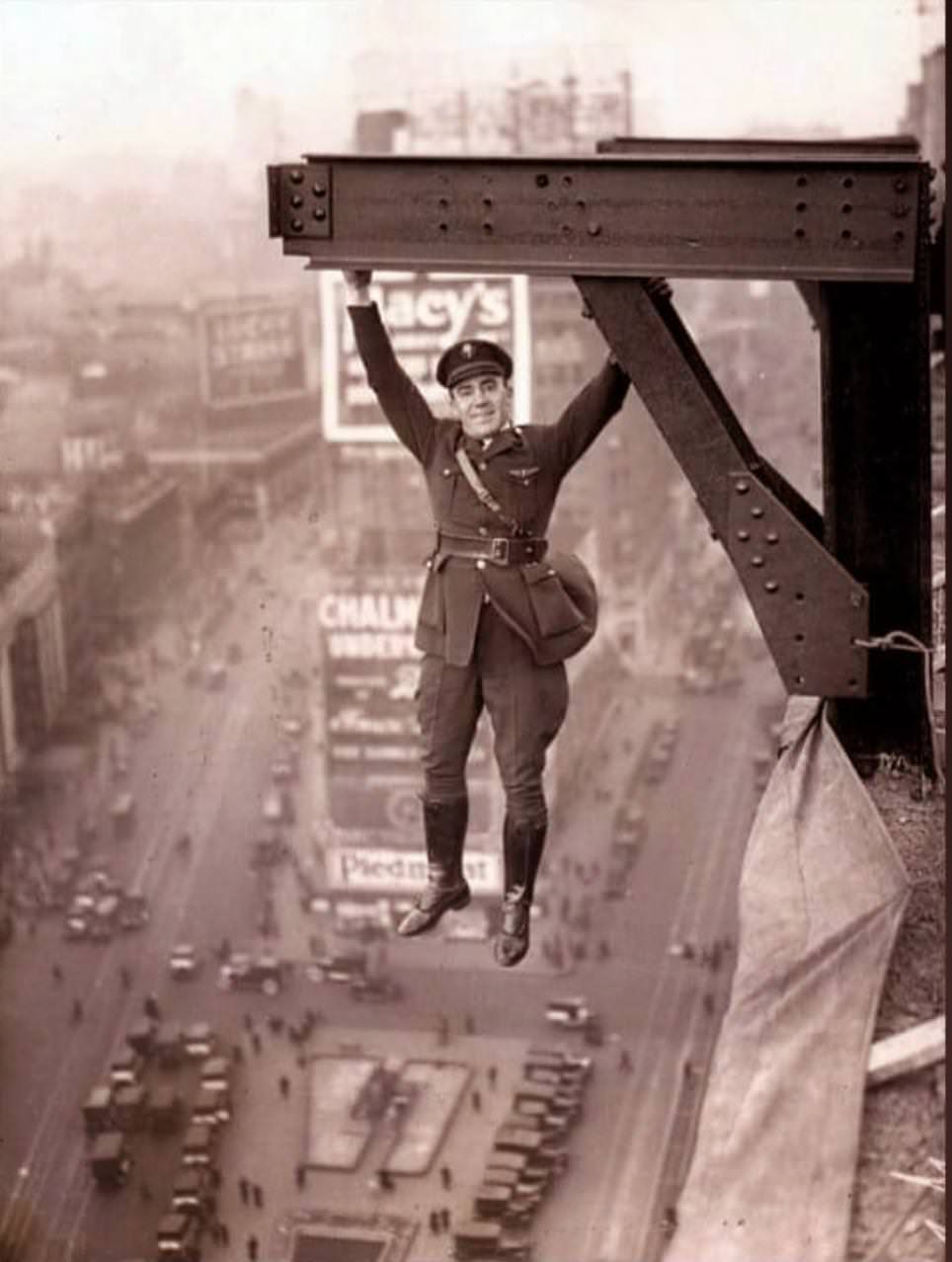

GIPHY App Key not set. Please check settings